Collection Highlights
Preserving our Oldest Gift to a Secretary of State
Preserving our collection is one of NMAD’s top priorities. Recently, NMAD restored the oldest diplomatic gift we have: a book given to Secretary of State John Hay in 1901.

With 2023 coming to a close, the National Museum of American Diplomacy is reflecting on a successful year building the museum’s collections. Here are a few highlights from the more than 100 items in total we collected.

In 2006, the U.S. Postal Service (USPS) released its “Distinguished American Diplomats” stamp series. They honored six diplomats: Hiram Bingham IV, Charles E. Bohlen, Philip C. Habib, Robert D. Murphy, Clifton R. Wharton Sr., and Frances E. Willis.
Frances Willis was the first woman to join the Foreign Service who rose through the Foreign Service’s ranks to become an ambassador. She also became the first woman to rise to the highest diplomatic rank, career ambassador, and served as ambassador to three countries: Switzerland, Norway, and Sri Lanka.
This is a stamp affixed to a commemorative envelope and postmarked on the day of release. It’s known as a “first day of issue cover,” or first day cover, by collectors.
Gift of Nicholas J. Willis
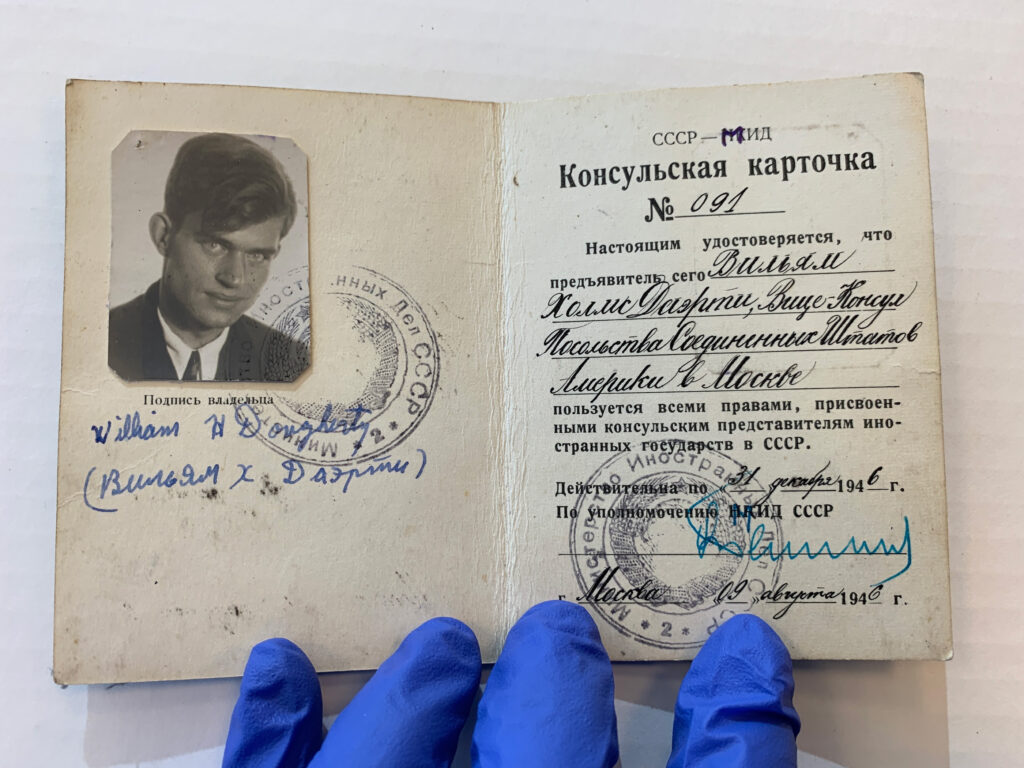
World War II and its aftermath was a time of significant change in the world of diplomacy and international relations. For the United States, the postwar world led to a need for more diplomats to help build and maintain relationships with countries and new international organizations, like the United Nations.
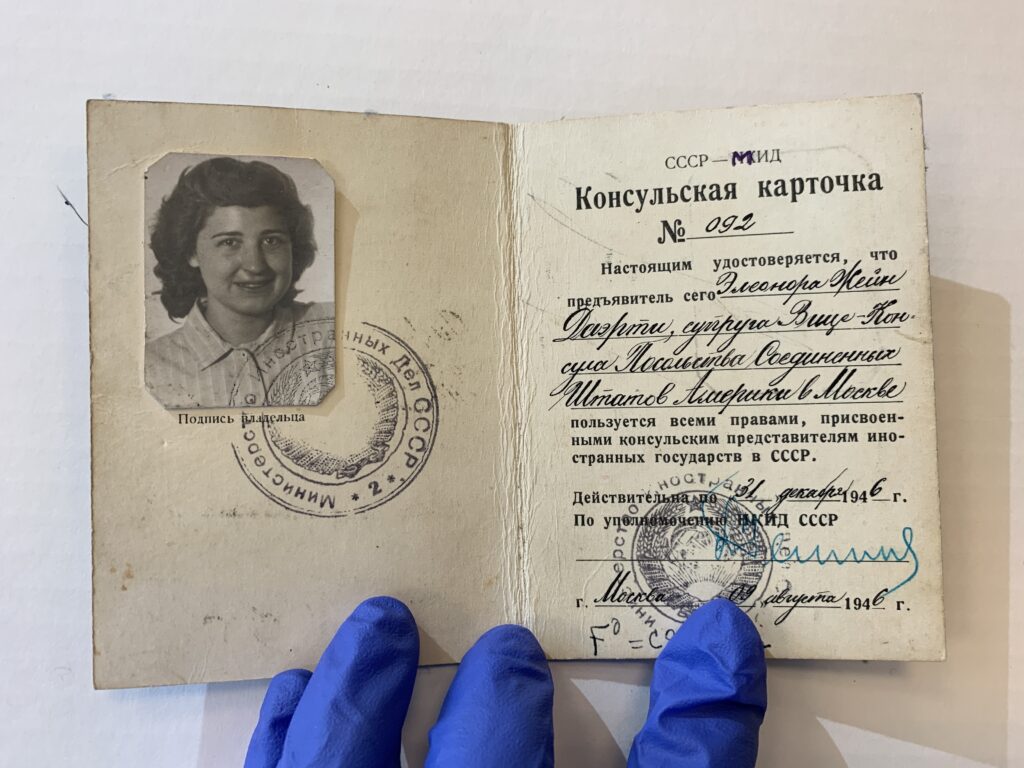
William Dougherty and Jane Simons were two Americans who joined the State Department and served overseas in challenging locations. Dougherty was recruited in 1945 from the U.S. Army Signal Corps, where he worked as a cryptologist.
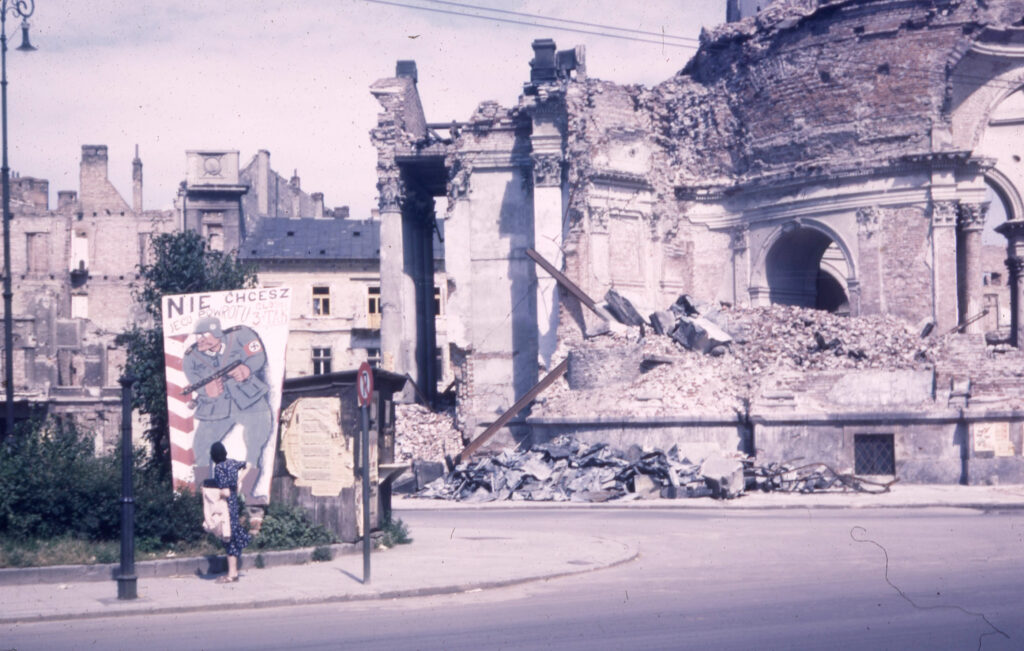
While in Warsaw, he met Jane Simons, another embassy employee. The two fell in love and were married while serving at the embassy. After Warsaw, they were assigned to the Embassy in Moscow.

After about a year, they decided to pursue other career options and return to the United States. Dougherty went back to his former job as a cryptologist but eventually went to work at the Los Alamos National Laboratory in New Mexico, near his family’s ranch.
These are the diplomatic identification cards issued by the Soviet Union’s government to William Dougherty and Jane Simons while they were serving there. Cards similar to these are routinely issued to diplomats by the countries they serve in.
Gift of Eleanor Dougherty
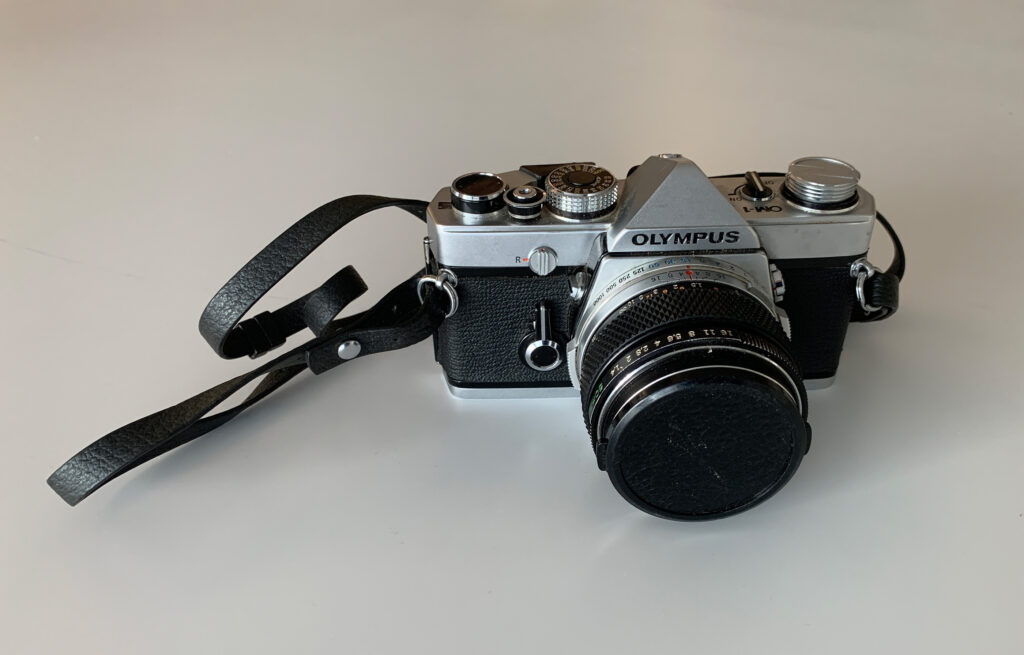
At U.S. diplomatic posts in South Vietnam in April 1975, diplomats and others worked diligently to evacuate staff and at-risk South Vietnamese citizens to safety as the North Vietnamese forces approached.
Robert Mosher was one of those diplomats. He was posted to the U.S. Consulate in Can Tho, but was pulled to the Embassy in Saigon to help with the evacuation there. An amateur photographer, Mosher carried this 35MM Nikon film camera with him, capturing some of the helicopter evacuation process while onboard the USS Vancouver.
Gift of Robert A. Mosher

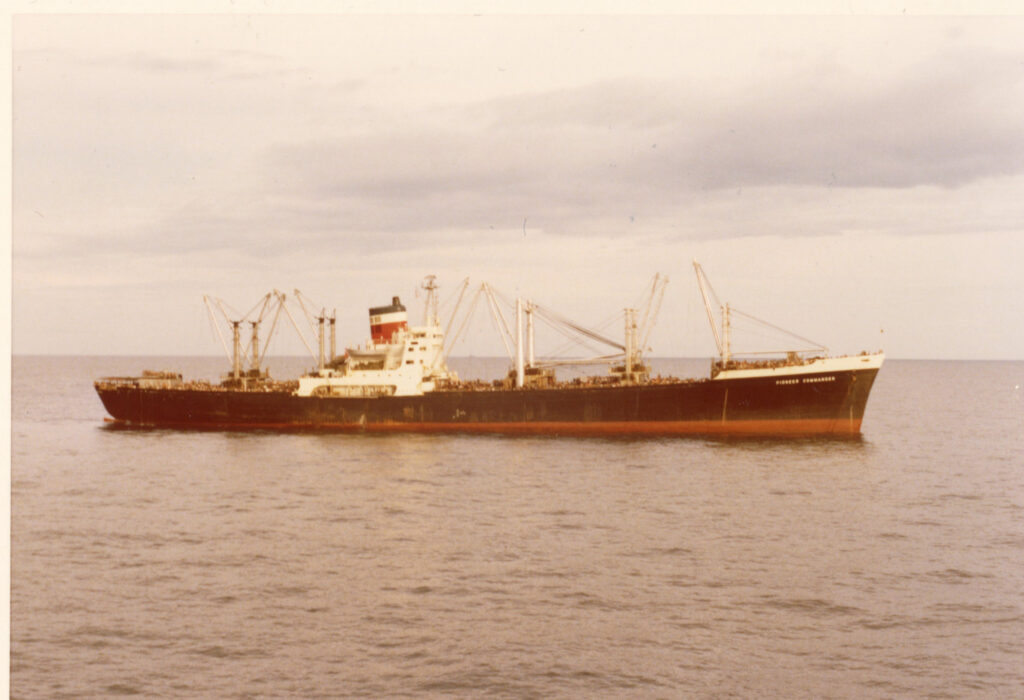

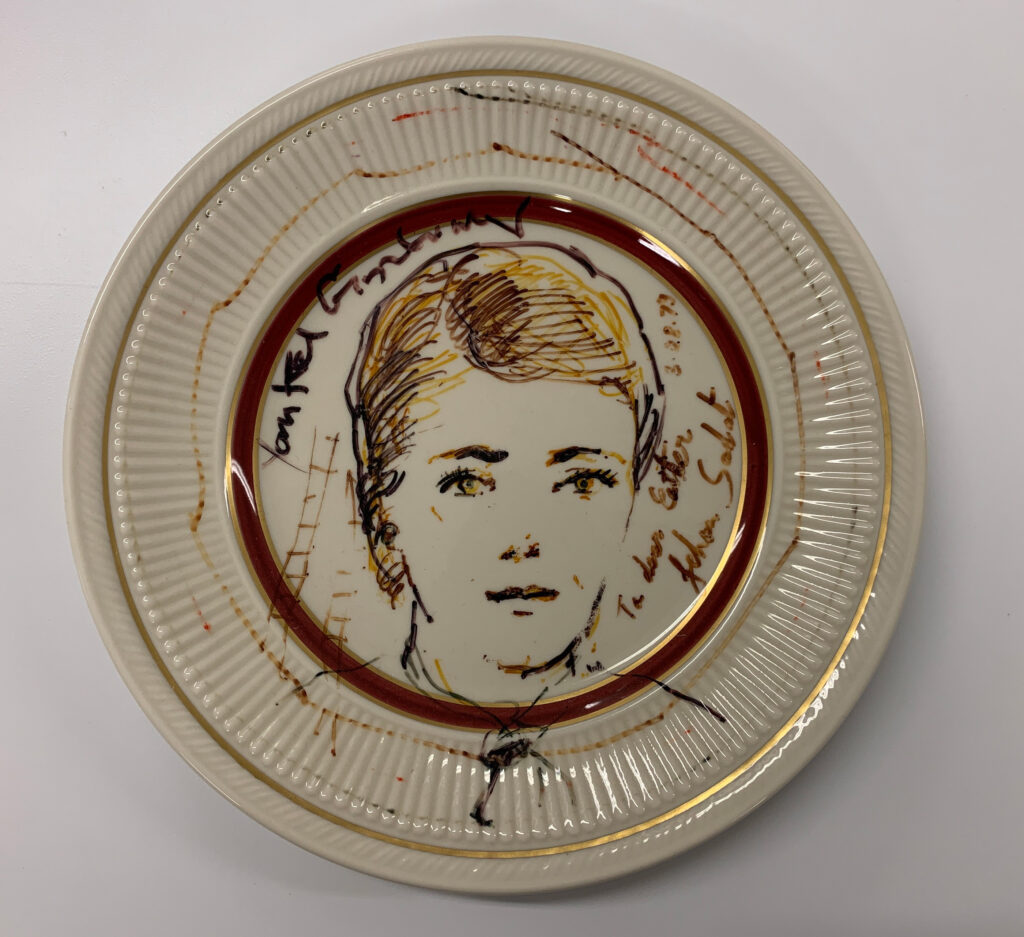
In September 1978, U.S. President Jimmy Carter invited Egypt’s President Anwar Sadat and Israel’s Prime Minister Menachem Begin to the United States for peace negotiations. It would result in the historic Camp David Accords, bringing in peace between the two countries.
In the runup to that meeting, Esther Coopersmith, a well-known Washington, D.C. area hostess and U.S. Representative to the United Nations during the Carter administration, decided she should introduce the wives of Begin and Sadat.
As a hostess who frequently entertained politicians from different countries and political parties, Coopersmith saw her role as bringing people together to create personal connections and thereby foster compromise or diplomacy.
“I was very fortunate to know both women, Aliza Begin and Jehan Sadat,” Coopersmith recalled in a 2022 interview with The Washington Diplomat newspaper. “And I thought it was time to bring them together. They didn’t need some interloper to talk, they could talk directly. So they did, and it worked.”
This decorative plate featuring Jehan Sadat’s likeness was personally inscribed “To Dear Esther” and gifted to Esther Coopersmith on March 28, 1979, two days after the signing of the formal peace treaty that the Camp David Accords made possible.
Gift of Esther L. Coopersmith
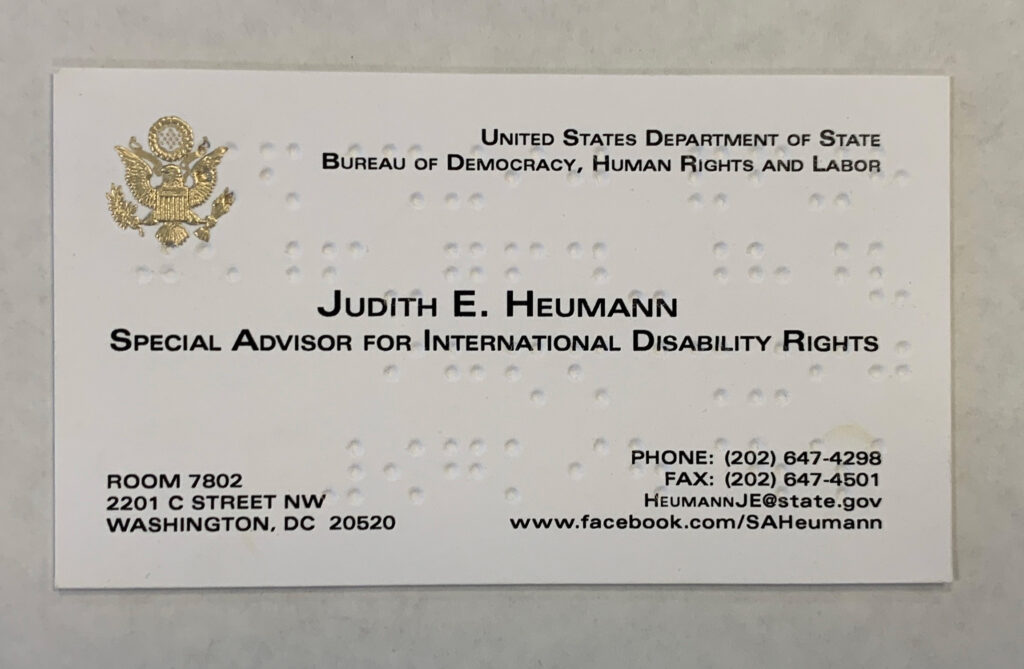
Judith Heumann was an internationally recognized leader in the disability community and a lifelong civil rights advocate for disadvantaged people. She was known to many as the “Mother of the Disability Rights Movement.”
Heumann contracted polio as a child and used a wheelchair most of her life. Her experiences led her to become a lifelong advocate for those with disabilities.

From 2010 to 2017, she served in a diplomatic role as Special Advisor for International Disability Rights in the U.S. Department of State. This United Nations ID card and business card are from her time working at the State Department.
Gift of Jorge Pineda
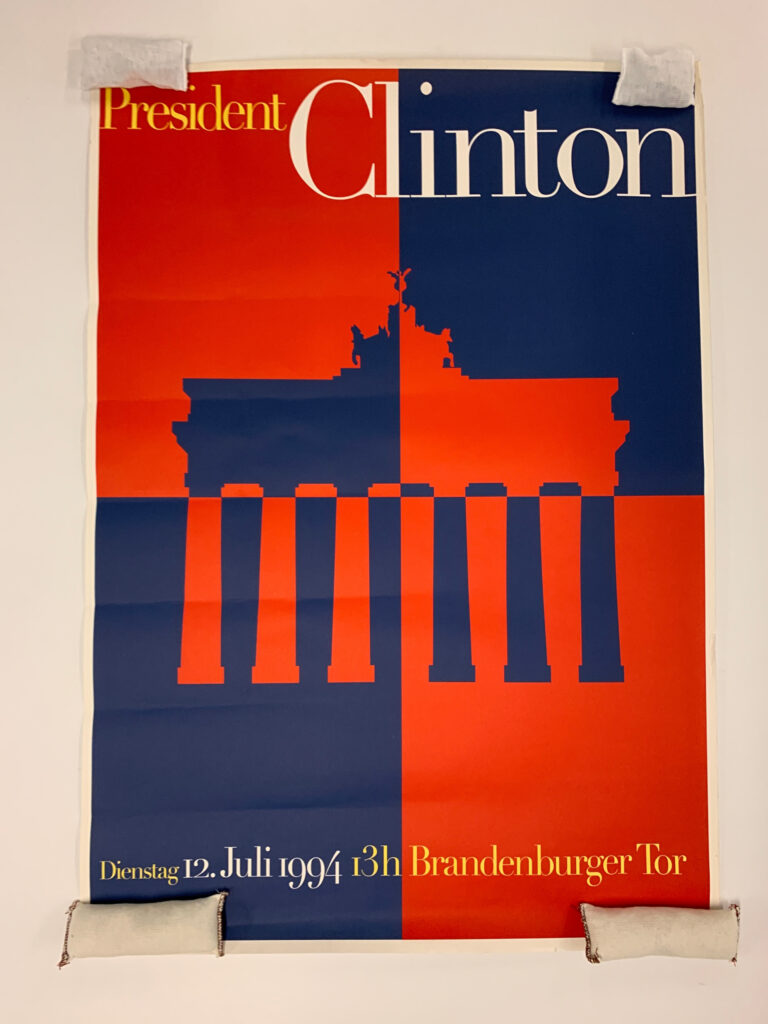
In July 1994, President Bill Clinton visited Germany. More than four years after the fall of the Berlin Wall in 1989, Germany as a whole and the city of Berlin had been fully reunified.
Clinton spoke in front of the Brandenburg Gate, where in 1987 President Reagan had famously called for Soviet leader Mikhail Gorbachev to “open this gate” and “tear down this wall.” This poster advertised Clinton’s speech. With the gate now open and the wall gone, President Clinton and German Chancellor Helmut Kohl strolled together under the gate to highlight a united Germany and strong U.S.-German relations.
As part of his trip to Berlin, President Clinton also officially deactivated the U.S. Army’s Berlin Brigade, which had been formed in 1961 as the wall was constructed and tensions between the U.S. and Soviet Union escalated.
Gift of Llewellyn Hedgbeth

In 2014, Keith M. Harper became the first Native American to be named a U.S. ambassador to the UN Human Rights Council. A citizen of the Cherokee Nation, Harper served as the U.S. Permanent Representative to the UN Human Rights Council until 2017. These moccasins were a gift to him from his wife’s family, citizens of the Caddo Nation, on the occasion of Harper’s swearing-in ceremony as ambassador.
Gift of Ambassador (ret.) Keith M. Harper and Ms. Shelby Settles Harper
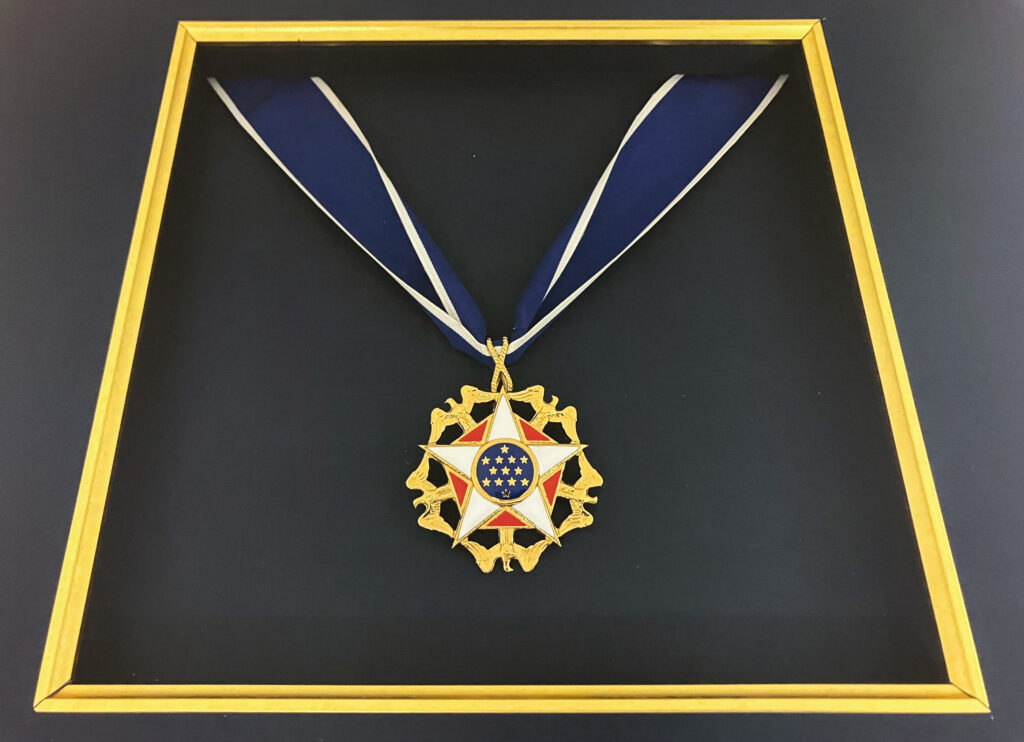
Secretary Madeleine Albright was a trailblazer as the first woman Secretary of State, serving from 1997 to 2001. She also served as U.S. Ambassador to the United Nations (1993-1997). One of her most significant accomplishments was helping to expand the North Atlantic Treaty Organization, or NATO, to include more countries.
In 2012, President Barack Obama awarded her the Presidential Medal of Freedom, the nation’s highest civilian honor. As part of her commitment to donate to NMAD the pins she wore and used as a diplomatic tool, Albright also committed to donating her Presidential Medal of Freedom.
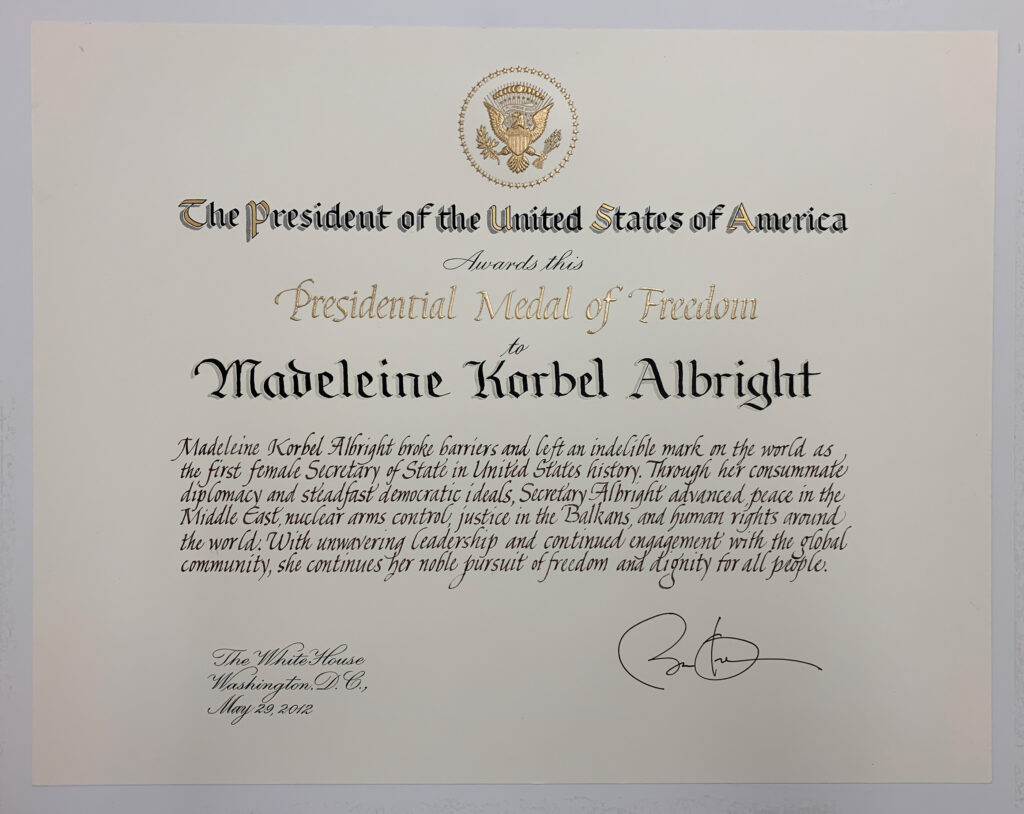
The citation notes that through her diplomatic career, Albright “advanced peace in the Middle East, nuclear arms control, justice in the Balkans, and human rights around the world.”
Gift of Madeleine K. Albright

As a young boy in Vienna, Austria in the 1930s, Richard Schifter would often walk with his father past the Austrian Consular Academy. Richard would tell his parents that one day he wanted to be a diplomat. One time, his father pulled him aside and explained, “We are Jews. Jews can’t get jobs as diplomats.” Young Richard was crushed.
In 1938, as the Nazis took over Austria, Richard and his family tried to escape. He was able to get a visa to emigrate to the United States; his parents were not. They were eventually forced into a concentration camp and murdered in the Holocaust.

This book given to Schifter by a mentor in August 1940 includes the inscription, “May you succeed in your desire to be an ambassador.” Schifter served in the military and then pursued a law degree, building a career as a lawyer with a focus on human rights law.
In 1981, five decades after declaring he wanted to be a diplomat, Schifter was nominated to serve as a U.S. representative to the UNESCO Committee on Conventions and Recommendations. He served in other UN positions in the following years, and in 1985 was appointed as the State Department’s Assistant Secretary of State for Human Rights and Humanitarian Affairs.
Gift of the Family of Ambassador Richard Schifter